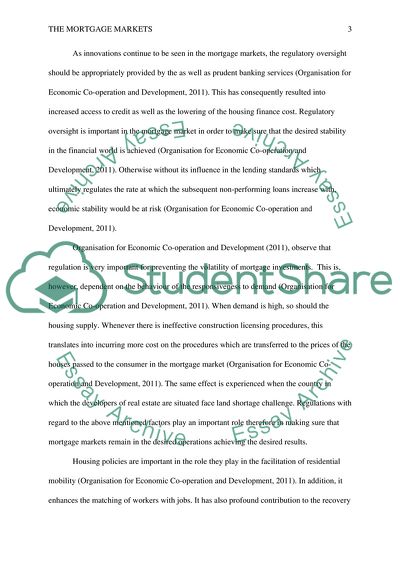Cite this document
(The Mortgage Markets Essay Example | Topics and Well Written Essays - 3000 words, n.d.)
The Mortgage Markets Essay Example | Topics and Well Written Essays - 3000 words. https://studentshare.org/finance-accounting/1875986-the-mortgage-markets
The Mortgage Markets Essay Example | Topics and Well Written Essays - 3000 words. https://studentshare.org/finance-accounting/1875986-the-mortgage-markets
(The Mortgage Markets Essay Example | Topics and Well Written Essays - 3000 Words)
The Mortgage Markets Essay Example | Topics and Well Written Essays - 3000 Words. https://studentshare.org/finance-accounting/1875986-the-mortgage-markets.
The Mortgage Markets Essay Example | Topics and Well Written Essays - 3000 Words. https://studentshare.org/finance-accounting/1875986-the-mortgage-markets.
“The Mortgage Markets Essay Example | Topics and Well Written Essays - 3000 Words”. https://studentshare.org/finance-accounting/1875986-the-mortgage-markets.


